
The Eiffel Tower is a wrought-iron lattice tower on the Champ de Mars in Paris, France. It is named after the engineer Gustave Eiffel, whose company designed and built the tower from 1887 to 1889.

Alexandre Gustave Eiffel was a French civil engineer. A graduate of École Centrale des Arts et Manufactures, he made his name with various bridges for the French railway network, most famously the Garabit Viaduct. He is best known for the world-famous Eiffel Tower, designed by his company and built for the 1889 Universal Exposition in Paris, and his contribution to building the Statue of Liberty in New York. After his retirement from engineering, Eiffel focused on research into meteorology and aerodynamics, making significant contributions in both fields.

Marie-Sophie Germain was a French mathematician, physicist, and philosopher. Despite initial opposition from her parents and difficulties presented by society, she gained education from books in her father's library, including ones by Euler, and from correspondence with famous mathematicians such as Lagrange, Legendre, and Gauss. One of the pioneers of elasticity theory, she won the grand prize from the Paris Academy of Sciences for her essay on the subject. Her work on Fermat's Last Theorem provided a foundation for mathematicians exploring the subject for hundreds of years after. Because of prejudice against her sex, she was unable to make a career out of mathematics, but she worked independently throughout her life. Before her death, Gauss had recommended that she be awarded an honorary degree, but that never occurred. On 27 June 1831, she died from breast cancer. At the centenary of her life, a street and a girls’ school were named after her. The Academy of Sciences established the Sophie Germain Prize in her honour.

Benoît Paul Émile Clapeyron was a French engineer and physicist, one of the founders of thermodynamics.

Armand Hippolyte Louis Fizeau FRS FRSE MIF was a French physicist, who in 1849 measured the speed of light to within 5% accuracy. In 1851, he measured the speed of light in moving water in an experiment known as the Fizeau experiment.

The Exposition Universelle of 1889, better known in English as the 1889 Paris Exposition, was a world's fair held in Paris, France, from 5 May to 31 October 1889. It was the fifth of ten major expositions held in the city between 1855 and 1937. It attracted more than thirty-two million visitors. The most famous structure created for the exposition, and still remaining, is the Eiffel Tower.
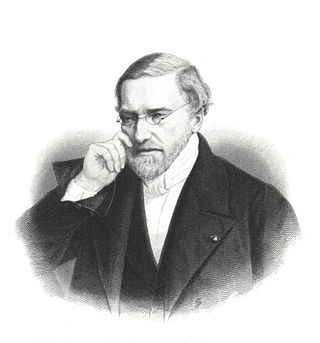
Jean-Victor Poncelet was a French engineer and mathematician who served most notably as the Commanding General of the École Polytechnique. He is considered a reviver of projective geometry, and his work Traité des propriétés projectives des figures is considered the first definitive text on the subject since Gérard Desargues' work on it in the 17th century. He later wrote an introduction to it: Applications d'analyse et de géométrie.

Gaston Tissandier was a French chemist, meteorologist, aviator, and editor. He escaped besieged Paris by balloon in September 1870. He founded and edited the scientific magazine La Nature and wrote several books.

Jean-Baptiste Geneviève Marcellin Bory de Saint-Vincent was a French naturalist, officer and politician. He was born on 6 July 1778 in Agen (Lot-et-Garonne) and died on 22 December 1846 in Paris. Biologist and geographer, he was particularly interested in volcanology, systematics and botany. The standard author abbreviation Bory is used to indicate this person as the author when citing a botanical name.
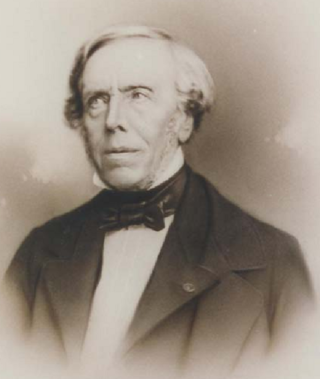
Jean-Baptiste Charles Joseph Bélanger was a French applied mathematician who worked in the areas of hydraulics and hydrodynamics. He was a professor at the École Centrale des Arts et Manufactures, École Polytechnique and École des Ponts et Chaussées in France. In hydraulic engineering, he is often credited improperly for the application of the momentum principle to a hydraulic jump in a rectangular open channel in 1828. His true contribution in 1828 was the development of the backwater equation for gradually varied flows in open channels and the application of the momentum principle to the hydraulic jump flow in 1838.

Ernest Goüin was a French civil engineer and industrialist. In 1846 he founded Ernest Goüin & Cie. ; the company initially built locomotives, and diversified into bridge building and railway construction projects. His name is one of the 72 names inscribed on the Eiffel Tower.
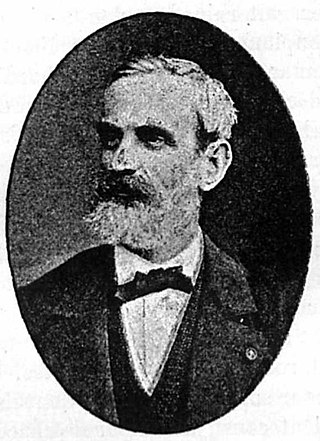
Earl Henri de Dion was a French engineer who contributed to the construction of the Eiffel Tower. He was an alumnus of the École Centrale Paris and specialised in metallic constructions, such as those of the Exposition Universelle (1878).
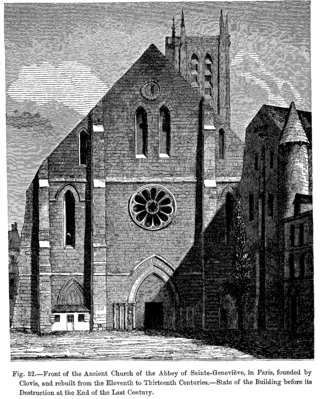
The Abbey of Saint Genevieve was a monastery in Paris. Reportedly built by Clovis, King of the Franks in 502, it became a centre of religious scholarship in the Middle Ages. It was suppressed at the time of the French Revolution.

Charles Pierre Mathieu Combes was a French engineer. He was Inspector-General of Mines and the Director of the School of Mines in Paris. His name is on the Eiffel Tower.
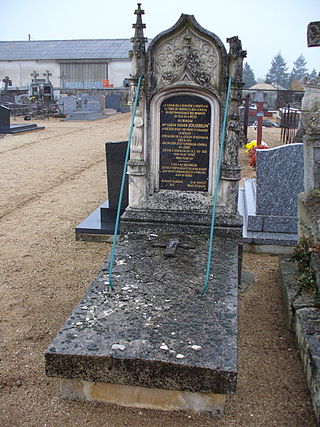
Louis Didier Jousselin was a French engineer. He built a three-kilometre-long bridge in less than three months during the Siege of Hamburg in 1813. His name is one of the 72 names inscribed on the Eiffel Tower.
The Sophie Germain Prize is an annual mathematics prize awarded by the French Academy of Sciences to researchers who have carried out fundamental research in mathematics. The award has been conferred every year since 2003 and comes with a €8000 cash prize. It is named after the French mathematician Sophie Germain.
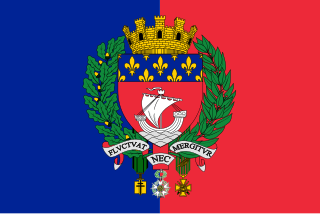
The following outline is provided as an overview of and topical guide to Paris:

Paris Cité University is a public research university located in Paris, France. It was created by decree on 20 March 2019, resulting from the merger of Paris Descartes and Paris Diderot universities, established following the division of the University of Paris in 1970. It was originally established as the University of Paris, but was renamed by decree in March 2022 to its current name. The university headquarter is located in the 6th arrondissement at boulevard Saint-Germain. Among the best universities worldwide, in 2021 it was ranked 14th among young universities according to the Times Higher Education, and 65th according to the Shanghai Ranking.

Gustave Eiffel University is a public university located throughout Metropolitan France.

Notre-Dame-des-Champs is a Roman Catholic church located at 91 Boulevard du Montparnasse, at the southern edge of the 6th arrondissement of Paris. The church is named after the Blessed Virgin Mary, under the title of Our Lady of the Fields. It was completed in 1876, built using an iron framework designed by Gustave Eiffel.






















































































